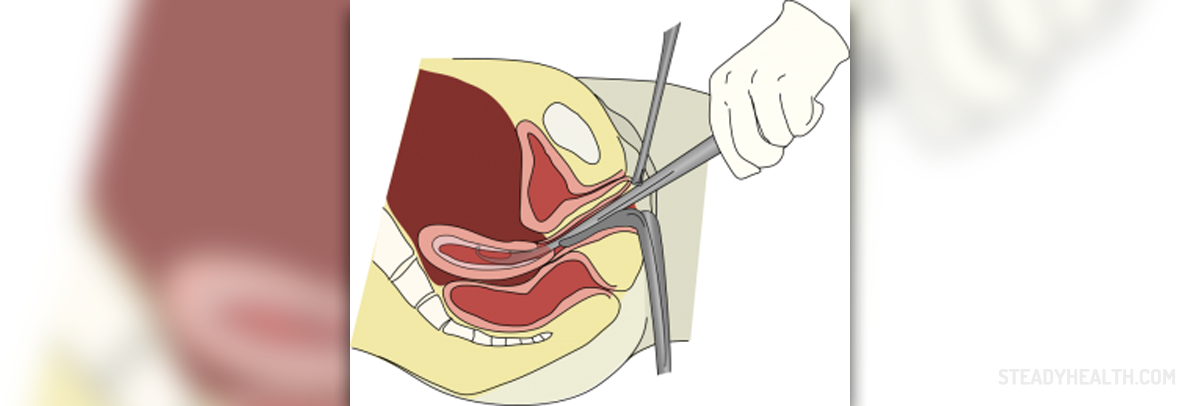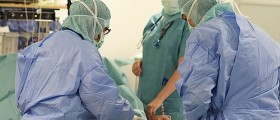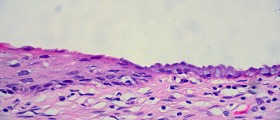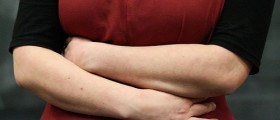
About the D&C procedure
Dilation refers to opening the cervix, and curettage means removing the contents of the uterus. This can be done in a variety of manners. Sucking (vacuum) techniques can be used, or the uterus can be scraped with surgical instruments. Around half of first trimester miscarriages are completed with the help of a D&C procedure. Miscarriages are more likely to not completely by themselves if they occur after 10 weeks of pregnancy.
Getting pregnant after a D&C
You will be able to go home immediately following a D&C, but will probably be prescribed a course of antibiotics to prevent infection. It is important to avoid inserting anything into the vagina during the healing process, which means you cannot have sexual intercourse either. It is generally advised that you refrain from sex for at least two weeks, or until the bleeding ceases. Don't use tampons while you are bleeding, and make sure to see your doctor for a follow-up appointment. Unlike naturally completed miscarriages, it is essential to take your doctor's advice after a D&C. Surgical procedures carry risks and that includes risks when you get pregnant to early after a D&C your uterus needs time to heal, particularly if scraping was used. It is a good idea to talk to your doctor about birth control options at your medical check up following the D&C, and ask when you will be able to start trying to conceive again.
- www.nhs.uk/news/pregnancy-and-child/pregnancy-after-miscarriage/
- www.nhs.uk/conditions/miscarriage/what-happens/
- Photo courtesy of Fred the Oyster by Wikimedia Commons: commons.wikimedia.org/wiki/File:Dilation_%26_curettage.svg














Your thoughts on this
Loading...